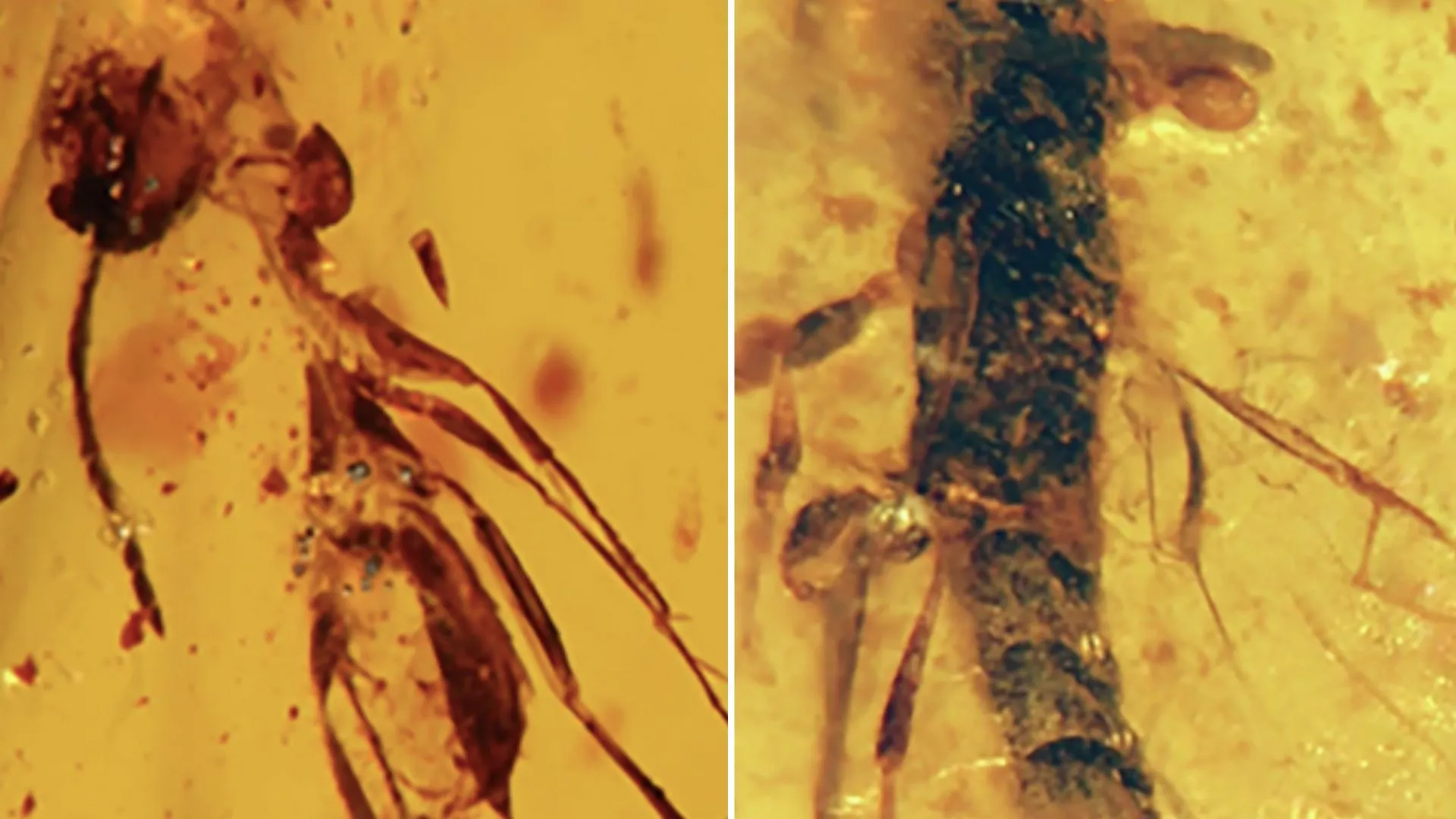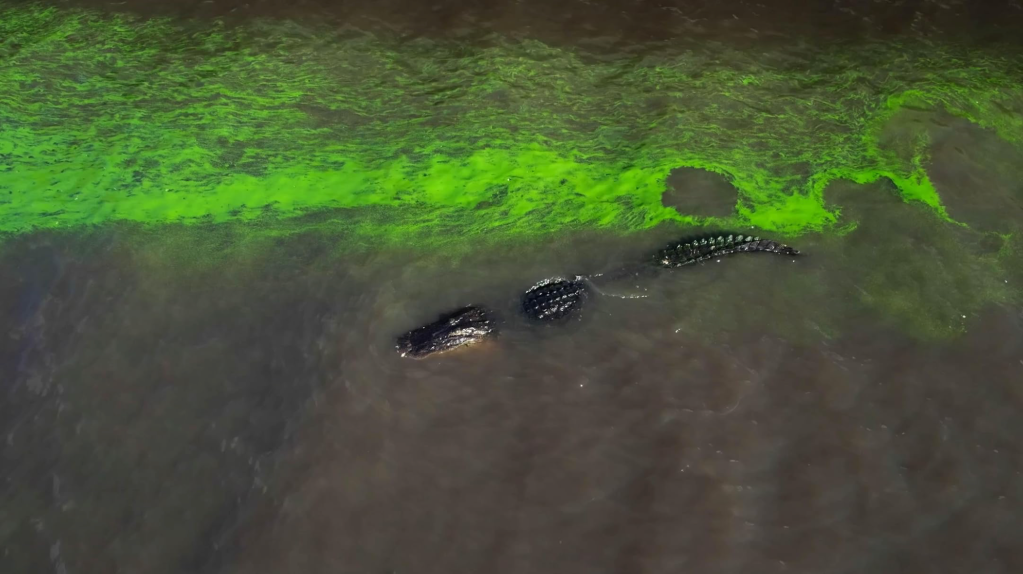
A rare fossilized amber has provided a glimpse into a 112-million-year-old Cretaceous ecosystem in South America during the age of dinosaurs.
The University of Barcelona studied an amber deposit unearthed from a quarry near Archidona in the Amazonian Napo Province of Ecuador — a part of the ancient supercontinent Gondwana.
The amber contains a trove of exceptionally well-preserved insect fossils, including wasps, midges, flies, beetles, aphids, caddisflies, and a fragment of a spider’s web.
Researchers believe the biting midges found in the amber probably fed on dinosaur blood, based on how similar modern insects behave.
“These findings provide direct evidence of a humid, resinous forest ecosystem and its arthropod fauna in equatorial Gondwana during the Cretaceous Resinous Interval,” the team wrote in the study paper published on September 18.
Ancient flowering plants
Amber is fossilized tree resin often containing “bioinclusions,” which are small organisms like insects, plants, or fungi trapped in the sticky substance.
The resin, produced by trees to protect themselves, can harden into amber over millions of years when buried without oxygen.
This process is especially good at preserving the exoskeletons of small creatures in incredible detail.
“Amber essentially preserves the exoskeletons of small organisms from the past. The preservation of these outer structures is so excellent that, under a microscope, they can look like freshly dead organisms, yet they are millions of years old,” Xavier Delclòs, paleoentomologist and lead author, told Reuters.
Geochemical analysis suggests that the specific resin mentioned came from Araucariaceae, an ancient family of large trees common during the Jurassic and Cretaceous periods.
The fossils also shed light on a key period in Earth’s plant history.
At that time, the flowering plants (angiosperms) were starting to become dominant.
Analysis of the plant remains at the fossil site revealed that flowering plants made up about 37% of the total flora at that time.
Ferns were most common plants
Furthermore, the fossilized pollens revealed that the plant life at the Genoveva quarry was diverse, not just limited to angiosperms.
However, the most common plant types were ferns and their relatives, which likely accounted for 42% of the total plant types.
Overall, the collected plant evidence shows that the area was humid and forested when the dinosaurs roamed.
“The new palaeobotanical evidence suggests the presence of a diverse and humid, low-latitude forest in north-western Gondwana during the early Albian,” the study stated.
The amber, from the HollĂn Formation in Ecuador, dates back to the early Albian of the Cretaceous period.
The newly identified fossilized amber is extraordinary because nearly all other major amber deposits from this era have been found in the Northern Hemisphere.
Interestingly, it is said to be the “largest deposit” of Mesozoic amber in South America.
Back then, this Amazonian region was part of Gondwana, a massive ancient landmass split into several continents and land areas, including South America.
The discovery is also important because it offers new information about life in a previously not well-documented region.
The study was published in the journal Communications Earth & Environment.



